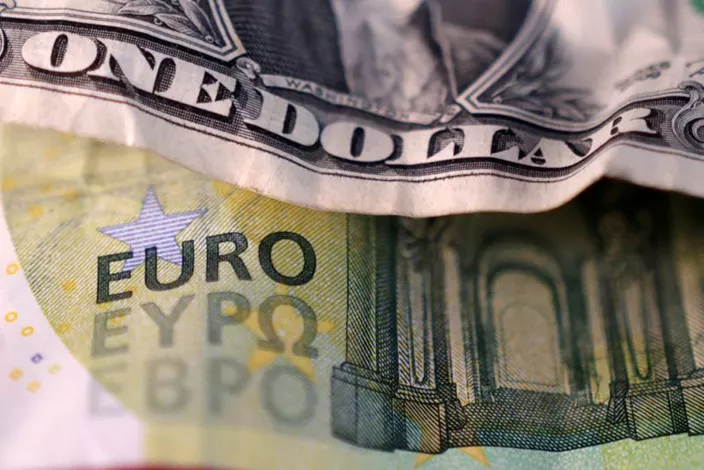U.S. multinational companies are increasing the duration of their currency hedges to protect against potential exchange rate fluctuations caused by the Trump administration’s tariff policies. This shift reflects growing uncertainty in the global trade landscape, fueled by concerns over a recession and a weakening dollar.
After President Donald Trump announced higher-than-expected global tariffs on April 2, volatility surged in the foreign exchange (FX) markets, leaving some companies’ hedges less effective, according to bankers and hedging advisors. Even businesses that managed the immediate impact of the tariff news relatively well are now extending their hedges to safeguard against ongoing instability.
Eric Huttman, CEO of MillTechFX, noted that many clients have begun pushing their hedges out to the maximum duration available in an effort to lock in protection for the near future. Garth Appelt, head of FX & emerging markets derivatives at Mizuho Americas, added that clients are now hedging two to five years in advance as concerns over dollar weakness have grown.
While a weaker dollar can benefit U.S. exporters by making their products cheaper abroad, the uncertainty surrounding global trade and fears of a recession are prompting companies to take additional steps to protect their profits.
Despite a 90-day tariff reprieve for all trading partners except China, the dollar has continued to weaken. The euro recently reached a three-year high against the greenback. Volatility in FX markets remains high, pushing companies to extend their hedges.
In addition to safeguarding against currency fluctuations, companies are opting for longer-term hedging strategies due to rising costs for short-term hedges. Simon Lack, head of investment solutions at MillTechFX, explained that hedging further out on the curve offers the same level of protection without the need to realize profits or losses from short-term FX moves.
The volatility of one-month and three-month at-the-money options has increased significantly since April 2, according to LSEG data, driving up the cost of short-term hedging. In contrast, the cost of a two-year at-the-money EUR/USD option rose by only 23%.
The trade tensions have also led to a shift in hedging strategies for U.S. companies. A stronger euro, while beneficial for exporters, has increased the cost of doing business for others. As a result, more companies are focusing on protecting themselves from potential euro strength, particularly those needing to purchase euros for goods and materials.
Paula Comings, head of FX sales at U.S. Bank, noted that many companies are reevaluating their hedging strategies, moving from focusing on the Canadian and Mexican dollars to preparing for a stronger euro. Some are also exploring window forwards, which provide the flexibility of forward contracts with adjustable execution timelines—ideal for companies with uncertain cash flows.
There has also been a shift toward using options instead of forwards, offering companies more flexibility as trade tensions persist. Bob Stark, global head of enablement at Kyriba, emphasized the value of options in uncertain times, noting that predicting the future is particularly difficult right now.
Related Topics:


